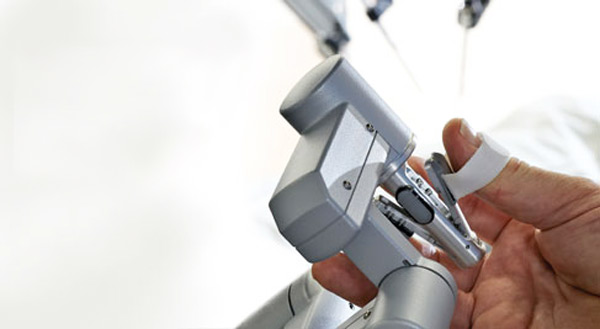
Atrial fibrillation, or AFib, is a condition that causes a person’s heart to beat out of rhythm. It can cause severe discomfort and may even be a risk factor for stroke. Now, cardiologists are now turning to robotic technology to treat patients.
Joyce Liptrap is an avid scrap-booker who loves saving memories of her active life. But it wasn’t so active two years ago when Joyce started losing her energy.
Liptrap told Ivanhoe, “I would be awakened in the night, or be sitting in the chair, just sitting still doing nothing, or sleeping, and it would just start pounding in my heart.”
Joyce had atrial fibrillation, a problem with the electrical system in her heart. A life-long fluttering feeling was now a serious concern for her and her husband, Ronnie.
“I told Ronnie I wasn’t sure if I was dying. I wasn’t sure what was happening. It was just so different. A couple of episodes got really bad,” she explained.
Cardiac electro-physiologist at the Florida Hospital Cardiovascular Institute Usman Siddiqui, MD needed to perform a procedure called ablation.
Dr. Siddiqui told Ivanhoe, “Usually, we either apply heat energy or cold energy to freeze or burn the tissue that is causing the problem.”
Dr. Siddiqui used a new robotic system with magnetic navigation that allowed him to operate two devices at the same time. It’s called a Stereotaxis V-Drive Duo system. One robotic arm delivered the catheter that allowed doctors to visualize the area.
“This is a special kind of ultrasound machine or ultrasound catheter that we put inside the heart so we can have real time pictures,” Dr. Siddiqui explained.
The other robotic arm delivered the catheter to ablate the area.
Liptrap said, “As soon as I woke up, I knew I felt different. I really didn’t feel the heaviness that I had felt.”
What she did start to feel was more energy, giving her more opportunities to make new memories.
Dr. Siddiqui said the catheters are very soft, almost like noodles, so there is very little chance of creating a hole or perforation during the procedure. He says the biggest benefit to patients is increased safety and accuracy. Also, in most cases, the procedure can be performed in less time, which may mean a shorter hospital stay.